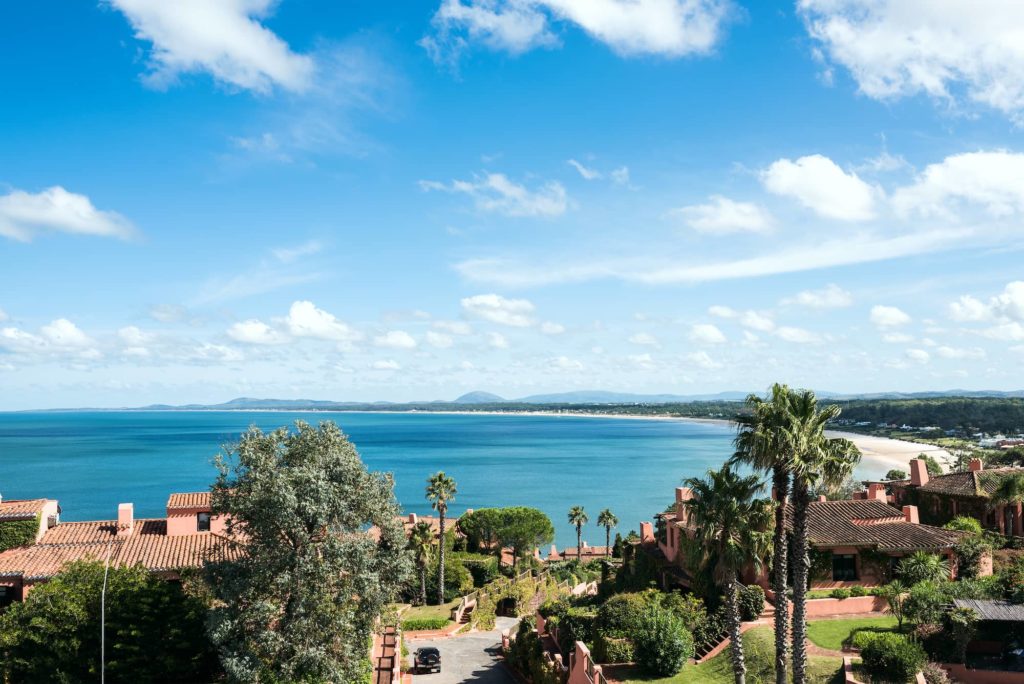Water in Uruguay – The Aquifer Treasure
Tucked away in the basement of a vast area of Argentina, Brazil, Paraguay and Uruguay, the Guarani aquifer is one of the largest reserves of fresh water on the planet.
For this reason and with a clear concern of preserving the resources , the project for Environmental Protection and Sustainable Development of the Guarani Aquifer System, which is based in Montevideo, was created with the purpose of supporting the four countries to develop and implement a common institutional, legal and technical framework, to handle and preserve the aquifer for future generations.
Considering that the Aquifer represents 29 % of the 3% of pure water on the entire planet it makes sense and there are reasons to join efforts for better management of this resource. The four nations have a great opportunity and responsibility to achieve sustainable use of this great natural heritage.
The Guarani aquifer system covers an area of 1,195,700 km2, 70% under Brazilian soil, 19% in Argentina, 6% in Paraguay and 5% in Uruguay. Its capacity is sufficient to supply the 360 million inhabitants of the area since recharging is between 160 and 250 km3 per year. This turns the Guarani in one of the largest reserves of underground water on the planet.
The Aquifer in Uruguay
In Uruguay the aquifer occupies 25% of Uruguay, in the regions of Artigas, Paysandú, Rivera, Salto and Tacuarembó. In some places of Uruguay the aquifer is only 50 meters deep and in other it reaches 1,800 meters.
Uruguay has 135 drilled holes to the Guarani aquifer, many of which are used for tourism with an average temperature above 40 degrees. In fact, Uruguay has been already exploiting the springs for tourism and recreational purposes for over 50 years.
In the regions of Artigas, Salto and Paysandú the aquifer is located under a thick layer of basalt. The level of the ground surface is mostly below 100 meter above sea level. This is the area where the exploitation of thermal water happens and where the water comes naturally with high temperature and pressure to the surface.
In the north western region of Uruguay, Rivera and Tacuarembó, it gets to 65 degrees. There are several projects seeking alternative uses for the aquifer other than drinking water or for heating baths, such as refrigerators, incubators, and chicken or fish hatcheries.
Water Network in Uruguay
In addition to the aquifer, Uruguay has a surface water system, a dense river network formed by rivers, streams and creeks.
Uruguay has 3 main hydrographic areas: the Uruguay River, the Santa Lucia River, the Plate and the Atlantic, which allow obtaining water to meet social and economic demands.
The flow rates are relatively stable, but some irregularities occur with heavy rains producing floods or decrease flow rates for periods of drought mainly during summer times. These are used to supply drinking water to rural population and for irrigation, recreation and tourism.
The Aquifer on the Hotspot
The concern for the Aquifer is understandable. The Guarani Aquifer is the main source of drinking water for urban, agricultural and industrial consumption. It supplies more than three hundred cities of 3,000 / 500,000 population in Brazil. Only in Sao Paulo more than 60% of the population depends on the aquifer.
The total volume of stored water is immense. The exploitable volume at present is about 80 km3, an amount equal to four times the annual demand for Argentina.
But when the world’s population increases by 90 million people per year, the problem that comes up is immense. More people means greater need for energy and therefore water will be a serious limitation. Certainly by 2050, only these four countries will not have experienced a major crisis due to water shortage.
United States that is very interested in this aquifer has allocated 27 million dollars every year to help built a system for detecting the magnitude of the Guarani to ensure sustainable use and to avoid any contamination.
The cyclic presence of the Southern Command of the American Army in the area called Triple Frontier on the trans boundary corridor between Paraguay, Brazil and Argentina have sparked protests in Brazil in the last years.
The four countries have a clear policy: to preserve the Guarani Aquifer as a regional resource.
Tap Water in Uruguay
The average level of water consumption in Uruguay is 750 m3 / person / year. In addition more than 93% of the population has access to drinking water quality.
Most of the population is connected to the distribution system Drinking Water Sanitary Works (OSE) and the other high percentage of rural population is supplied by well water (water from the ground) that often suffers from technical or maintenance problems but all in all the water is of very good quality for consumption.
Montevideo and its metropolitan area are supplied with drinking water from the dam Aguas Corrientes, located in the Santa Lucia River. The Santa River basin Lucia is very important because it supplies more than 60% of the urban population of Uruguay since the south is the highest concentration. The supply of the capital cities of the interior occurs from surface water (only in some cases supplement is used). Moreover, in coastal areas, the consumption comes from groundwater or surface water bodies like lakes. Such system works in Punta Del Este with three main lakes supplying the region of Maldonado.

